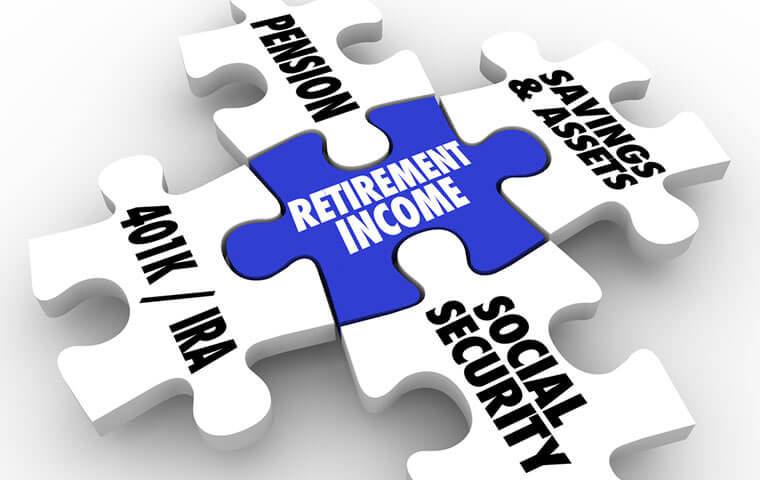Retirement Savings Drawdown: Crucial Aspect of Proper Retirement Planning

When mapping out your drawdown strategy, you must consider factors that include:
- Your marital status
- Your savings
- Your life expectancy
- The kind of retirement accounts you have
- Taxes
- What you think your expenses will be in retirement
All of these factors will have an impact on how your retirement plan will be structured, both in accumulation and drawdown phases. Structuring the wrong way could cost you a considerable amount of your retirement savings.
Here are tips that will help you plan a drawdown strategy that accounts for these and other key variables:
1. Account for Inflation
Most people invest more conservatively as they age. Of course, you shouldn’t put your nest egg at risk by investing too aggressively. At the same time, the earnings on your investments MUST keep pace with inflation. That means they should exceed at least 3% a year. Otherwise, your savings will eventually lose their purchasing power…and you could run out of money. This means you need to structure your portfolio in various stacked investment vehicles. Each of these will account for your risk tolerance, which phase of retirement you are in (there are three) and keep up with inflation.
2. Choose the Best Pension Payout
If you’re lucky enough to have a defined benefit plan (pension), you must decide how to withdraw those assets. Should you take a lump-sum payout, or annuitize your pension? Each option has benefits and disadvantages. Pension withdrawal strategies can be complex, so it’s best to consult a financial advisor before making any decisions. If you have an annuity (basically a self-funded pension), there are similar considerations.
3. Make the Right Decision About Social Security Benefits
The debate about whether it’s better to take Social Security earlier or postpone it rages on. Your ideal age to start collecting those benefits depends on several factors, including your marital status, how much you need the money…and even whether your family has a history of early death or terminal disease. If you decide to start collecting as early as possible (at age 62), you’ll get 30% less than if you had waited until your full retirement age (which is based on your birth date). If you can manage to delay taking it until age 70, your monthly benefit may be up to 24% more (8% more each year you delay up to age 70). If you can delay, then your plan needs to have what we call a social security bridge to fund the gap until you collect social security.
It is well worth it to consult on your social security filing plan with an expert that can determine an optimized social security strategy.
4. Balance Guaranteed Income and Long-Term Growth
Guaranteed retirement income includes Social Security benefits, payouts from pension plans and annuities. Variable retirement income comes from earnings on your investments. You’ll need to determine how much guaranteed income you’ll need to cover non-negotiable expenses (like housing, healthcare, and food). Once you’ve determined those costs, then you can decide how much variable income is required to pay for your discretionary expenses (such as your hobbies, travel, and entertainment). This is a key exercise to go through. Doing this also includes accounting for your needs in each phase of your retirement, how to structure each phase and what financial vehicles to fund each phase.
5. Plan for taxes
There are several factors to account for when it comes to accounting for taxes in retirement. The proper plan needs to be properly structured and timed.
Some of them are:
- Are your savings in pretax, taxed deferred accounts or post tax accounts?
- Required minimum distributions (RMD's). The government requires withdraws from qualified accounts at certain ages and if you do not take them you are hit with heft penalties. You have to account for and time these appropriately in your plan.
- Your tax bracket in retirement
- Social Security Tax - yes, a portion of your social security benefits can be taxed, which is based on how much provisional income you have in retirement. So your plan needs to account for this, so you can time and structure properly.
- Capital gains tax
- Estate tax planning
6. Plan for Longevity
Lifespans keep rising. Depending on your health, you could be looking at spending between 20 or 30 years in retirement. How can you avoid outliving your savings? Some options to explore are working longer, maxing out your contributions to retirement plans, and using other types of financial products such as an annuity, which can guarantee an income stream for life.
Do you need help creating your personalized retirement income drawdown strategy?
I would be happy to help!
Contact me at [email protected]
Check out our website at www.retirewisepro.com
#RetireHappy #retirementincome #retirementplanning







